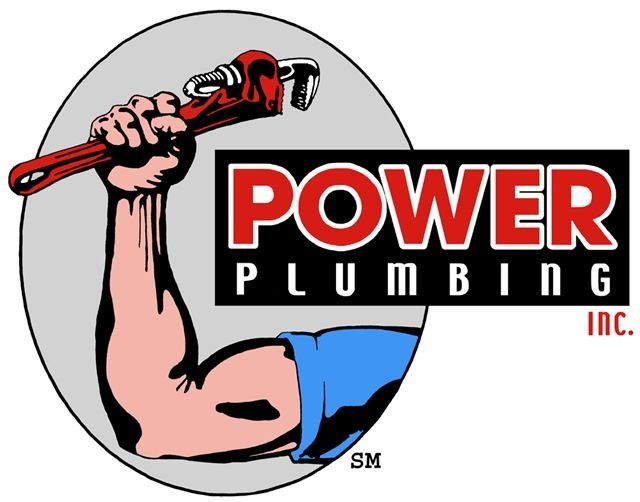What to Do When Your Pipes Freeze
- By Admin
- •
- 12 Sep, 2024

1. Identify the Affected Pipes
Start by identifying which pipes are frozen. Look for areas where the water flow is reduced or where the pipes are noticeably cold to the touch. Common culprits are pipes in unheated spaces like basements, attics, or crawl spaces. Once you locate the frozen sections, you can focus your efforts on thawing them.
2. Shut Off the Water Supply
If you suspect that your pipes might burst, the first thing you should do is turn off the main water supply to your home. This will prevent water from flowing and causing a flood if the pipes do break. It’s an essential step to contain the problem and limit potential damage.
3. Open Faucets
Next, open the faucets connected to the frozen pipes. This helps to relieve pressure in the system and allows water to flow as the pipes begin to thaw. Keeping the faucets open also helps you see when the water starts to flow again, which is a good sign that the thawing process is working.
4. Apply Heat to the Pipes
To thaw the frozen pipes, apply heat gently. Use a hair dryer, a heat lamp, or a space heater directed at the affected pipes. Avoid using anything with an open flame, as this can be dangerous. Start with the section of pipe closest to the faucet and work your way back toward the main water supply. This method helps to gradually warm up the pipe and get the water flowing again.
5. Use Warm Towels or Heating Pads
If some pipes are hard to reach, try wrapping them with warm towels or heating pads. Soak towels in hot water and wrap them around the pipes, replacing them as they cool down. Heating pads can also be a great option. This steady, indirect heat can help to thaw the pipes more evenly.
6. Check for Leaks
After the pipes have thawed, check carefully for any leaks or signs of damage. Sometimes, frozen pipes can burst, leading to water leaks. Look for any wet spots or drips and address these issues right away to prevent further damage to your home.
7. Contact a Professional Plumber
If you’re having trouble thawing the pipes yourself or if you suspect that they might have burst, it’s time to call in a professional plumber. A plumber can assess the damage, make any necessary repairs, and provide advice on how to prevent future issues. They have the expertise to handle more complex problems and ensure everything is fixed properly.
8. Prevent Future Freezing
Once you’ve dealt with the immediate issue, think about how to prevent frozen pipes in the future. Insulate exposed pipes with foam or fiberglass, keep your home’s temperature consistent, and let faucets drip during extreme cold. Opening cabinet doors under sinks can also help warm air circulate around the pipes.
9. Maintain Proper Heating
Make sure your heating system is running efficiently and that there are no cold spots in your home that could contribute to freezing pipes. Regular maintenance of your heating system helps maintain a consistent temperature, reducing the risk of frozen pipes.
10. Monitor Weather Conditions
Finally, keep an eye on the weather forecast, especially during cold spells. Being aware of upcoming frigid temperatures can help you take proactive measures to protect your pipes before they have a chance to freeze.
If you’re dealing with frozen pipes or need assistance with any plumbing issues, contact us at Power Plumbing Inc. Our skilled team is ready to help with all your plumbing needs.





